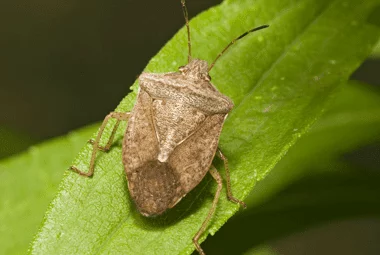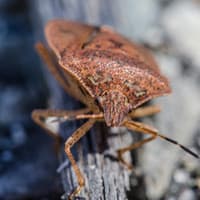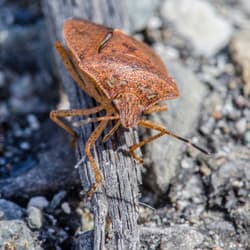Home insulation is important to keep your property at your desired temperature and to aid in noise reduction. But what if your insulation could also prevent pest problems common in Knoxville households? That’s where TAP® Insulation comes into play. This environmentally-friendly home insulation option is superior to traditional insulation in several ways. Not only does it outperform other options, but TAP Insulation is also renowned for its pest-resistant properties. If you’re thinking of upgrading your existing insulation, TAP Insulation comes highly recommended by the pest control pros at Russell’s Pest Control. Read on to learn why!
Why Choose TAP Insulation?
As it becomes a more popular choice over the years, it’s increasingly apparent that TAP Insulation is the best option on the market. This is because in addition to its pest control properties, TAP simply outperforms traditional insulation options. Some of the many benefits of this insulation are:
- As an energy-efficient option, TAP can reduce heating and cooling costs by up to 30%.
- TAP is environmentally friendly by using recycled paper diverted from landfills to create the product.
- This insulation is capable of filling the nooks and crannies that are unreachable with traditional insulation.
- TAP Insulation is the only insulation registered with the U.S. Environmental Protection Agency (EPA).
- More cost-effective than traditional insulation, TAP is a one-time investment with no need for re-treatments.
- TAP can be installed over existing insulation and comes with a lifetime warranty.
Does TAP Prevent Pests?
Yes! TAP is known for its ability to ward off pest problems. This is because the insulation is infused with borate, which affects the metabolism of insects and eliminates them. There are many pests that can be controlled with TAP Insulation. They include ants, cockroaches, earwigs, centipedes, darkling beetles, crickets, silverfish, millipedes, firebrats, dermestids, sowbugs, lady beetles, booklice, termites (including Formosan termites), boxelder bugs, stink bugs, kudzu bugs, bat bugs, pillbugs, snails, wildlife, and slugs!
TAP Pest Control Insulation in Knoxville
If you’re interested in upgrading your home insulation, TAP is for you! In addition to outperforming other insulation types, TAP will work to create a barrier against pests. Russell’s is proud to be a licensed installer of TAP—contact us today to set up an appointment or to learn more.




